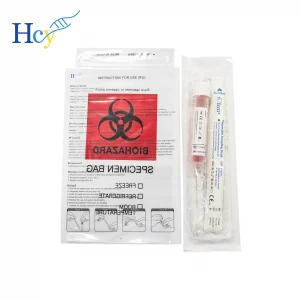Parkinson’s disease is a movement disorder that affects the nervous system.
If Parkinson’s disease is not diagnosed in time, it can lead to a variety of complications, such as tremors and stiffness. This occurs due to low levels of dopamine in the brain and can be life threatening in severe cases. The following section will inform you about the main symptoms of Parkinson’s and the diet that can help control the condition.
7 symptoms of Parkinson’s disease
Decreased cognitive level
One of the problems of people with Parkinson’s disease is that they may have problems with thinking, remembering, judging and problem solving. They usually become forgetful, have difficulty speaking, making decisions, and have trouble concentrating.
Swallowing problems
Parkinson’s disease is a muscle movement disorder that affects the swallowing muscles. If these swallowing symptoms are ignored, they may lead to voice change, coughing, difficulty swallowing, and even choking.
Sleep problems
Parkinson’s tends to cause a decrease in sleep quality, resulting in apnea during sleep, nightmares, difficulty falling asleep, and daytime sleepiness, all of which can affect a person’s mental state during non-sleeping hours.
Psychological problems
Patients with long-term Parkinson’s disease are prone to psychological problems, including depression, anxiety, nervousness, irritability, frustration, agitation, violence, agitation, and impatience.
Sexual Dysfunction
As dopamine levels decline, sexual interest and physical function follow. People with Parkinson’s become hypersexual, men are unable to achieve orgasm or erections, and women may experience vaginal dryness.
Somatosensory problems
Loss of smell, poor vision, body aches and pains, and poor balance are all symptoms of Parkinson’s patients that may delay treatment and lead to worsening of the disease once the nurse folds in the problem.
Bladder problems
Parkinson’s affects the muscles of the digestive system, which back leads to indigestion or constipation, and even prevents the patient from urinating smoothly.
Dementia
Most people with Parkinson’s may develop dementia in later life, and they may also experience problems such as speech impairment and hallucinations. Timely treatment can prevent the condition from worsening to the greatest extent possible and reduce the chances of the elderly switching to dementia.
Preventing Parkinson’s disease through diet
Parkinson’s disease cannot be cured, but it can be managed or prevented by changing your diet.
1. Eat Omega-3 fatty acids
Studies have shown that Omega-3 fatty acids can reduce neuroinflammation, increase neurotransmission and stop neurodegeneration. Therefore, Parkinson’s patients can eat more food rich in this substance, such as fatty fish, and can also take omega-3 supplements
2. Eat less sugar and salt
Experts recommend that patients control their intake of sugar, sodium and salt and eat more antioxidant-rich foods such as grains, vegetables and fruits to control symptoms, including brightly colored and dark-colored fruits and vegetables.
3. Eat less processed foods
Parkinson’s should not eat processed foods and foods high in cholesterol, such as canned fruits and vegetables, and dairy products such as cheese, yogurt and low-fat milk on a regular basis.
4. Eat soft foods
Chewing and swallowing problems are common in Parkinson’s patients, so try to eat less food that is difficult to chew and swallow, such as bones.
Conclusion
Parkinson’s disease can seriously affect our normal life, we need to understand the symptoms of this disease to achieve early detection and treatment.
 A professional supplier of swabs
A professional supplier of swabs


-300x300.jpg)

